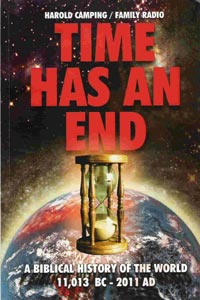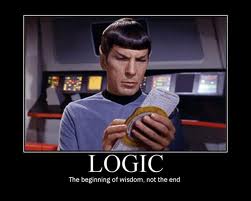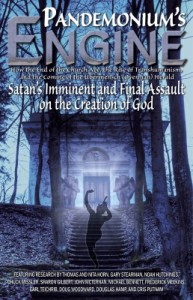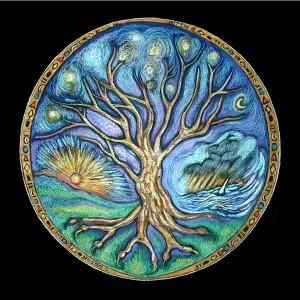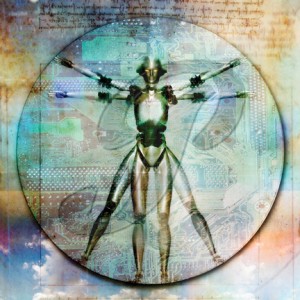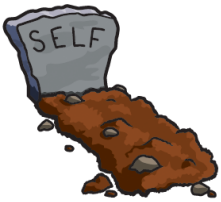This video is the product of a recent collaboration between me and Tim McGrew the distinguished philosopher from Western Michigan University. Tim reads lots of old books and this video reflects one in particular from 1869 by John James Blunt called Undesigned Coincidences. The cool thing about old books is that they are now public domain, which translates to free for you and me. The Christian faith has a plethora of apologetics resources that are largely forgotten about and Dr McGrew has started a website The Library of Historic Apologetics to help remedy that or at least to expose those who are interested to some of the better works.
An undesigned coincidence occurs when one account of an event leaves out a bit of information that doesn’t affect the overall picture, but a different account indirectly supplies the missing detail, usually answering some natural question raised by the first. Forgers do not want to leave loose ends like this that might raise awkward questions; they take care to tie everything together neatly. But these are just the sort of things we would expect to find in authentic and at least partly independent records of the same real event told by different people. This video examines several of these undesigned coincidences in the Gospels of Matthew, Mark, Luke & John.


